This painting by Henriette Morel perfectly illustrates the art of still life as it developed in Lyon at the beginning of the 20th century, in the tradition of intimist painting and poetic realism. On a white tablecloth enhanced with red borders, the artist places a blueish water glass, three ripe peaches and a bunch of black and green grapes, placed on a plate. The composition highlights the freshness and simplicity of everyday objects, while playing on the contrasts of colors and materials: the transparency of the glass, the velvety softness of the fruits, the brilliance of the grapes.
Henriette Morel asserts herself here with a free and vibrant touch, characteristic of her style. She favors natural light, which delicately illuminates the scene, emphasizing the volumes and textures without ever weighing down the composition. This work demonstrates Morel's attention to the play of light and reflections, as well as his taste for color and the harmony of forms.
Henriette Morel was born on December 1, 1883, in Villeurbanne. Trained by the Lyon painters Jean-Louis Loubet, Claudius Barriot, and Vivien, she continued her artistic training at a time when women were not admitted to the École des Beaux-Arts until 1907. She became the muse and model of Pierre Combet-Descombes, with whom she shared a life dedicated to painting.
An independent and resolutely modern woman, she exhibited at the Salon des Beaux-Arts in Lyon from 1903, then at the Salon d'Automne and the Salon du Sud-Est. Her works were successful: some were acquired by the State, others by the city of Lyon. Henriette Morel also distinguished herself as a teacher, leaving a lasting impression on her students, including Hélène Mourriquand, who later became a painter herself. She practiced pastel, watercolor, and oil painting, sensitively approaching nudes, landscapes, and portraits.






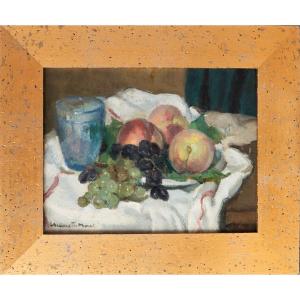






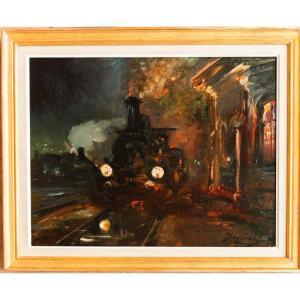

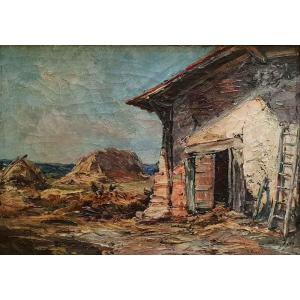
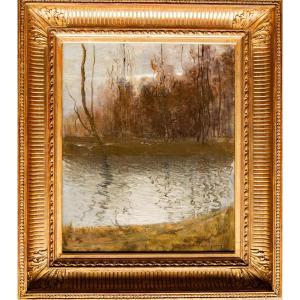







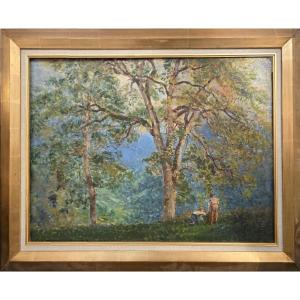


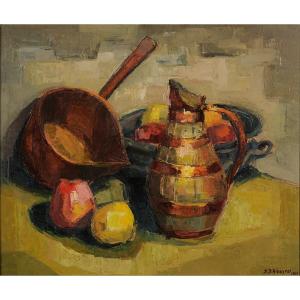

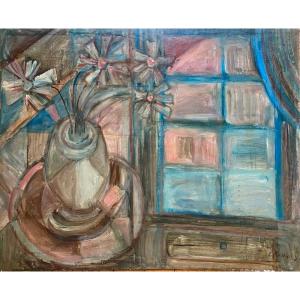




 Le Magazine de PROANTIC
Le Magazine de PROANTIC TRÉSORS Magazine
TRÉSORS Magazine Rivista Artiquariato
Rivista Artiquariato